As the latest election in Sri Lanka results reveal, issues of national security continues to be predominant for this island’s population. More generic issues of social welfare, gender sensitivity and local development did not find the similar resonance amongst the majority. Thus riding on wave of nationalism and national security, last week, 16 November 2019, Gotabaya Rajapaksa, representing the Sri Lanka Freedom Party, defeated the ruling United National Party (UNP) candidate Sajith Premadasa, receiving a little over 52 percent of the votes.
Gotabya, a former army officer and the longest serving defence secretary (2005-15) is better known for spearheading the action against the LTTE to bring the decade old war to an end. The majority garnered by him reflects the priority for security concerns. In the aftermath of the horrific attack Easter Sunday attack on the churches that killed over 250 in Colombo, disrupting normalcy in the polity and having a ripple effect on both economy and society too. Undeniably, Sri Lanka has struggled with deep schism over ethnic divide for long and the latest attack that by some from the religious minority has driven the cleavages deeper. Given, his past experience, Gotabaya’s election campaign also strongly centered on assuring Sri Lankans' a secured political and social environment. While Gotabaya’s campaigned was directed from a national security plank, Premadasa’s election campaign was more focussed on issues of providing free housing, schools uniforms for students and was more gender sensitive, making his campaign a popular draw for women.
The 22 electoral districts with 16 million voters registered comprising of nearly 73 percent of total population witnessed a 83.7 percent voters turn out. Sinhalese Buddhists who make up around 70 percent of the Sri Lankan lent full support to Gotabaya Rajapaksa, who won with 6,924,255 ( 52.24 percent). The UNP candidate Premadasa trailed with 5,564,239 receiving nearly 42 percent votes, making these two leaders the top contender of the 35 Presidential contestants from across a wide political spectrum. The Janatha Viumkthi Peramuna leader Anura Kumara Dissanayaka received only 418,553 votes trailing with only 3 percent of the total votes cast.
The difference in voters support for Gotabaya and Sajith was not so stark in some of the districts like Badulla, and Matara, both with over 70 percent majoritarian population. While Gotabya enjoyed edge in Colombo, Matalae, and Puttalam, Premadasa had a distinct edge in Jaffna with over 82 percent and Vanni and Batticola all Tamil strongholds. In Vanni and Jaffna and Batticola, Gotabya managed only 12.2 and 6.24 percent and 12.2 percent respectively. The religious minorities and ethnic minorities comprise a quarter of the population. The Christian population is spread over Puttalam. Jaffna and Mannar seemed to have gone with Sajith. The North-eastern port-town of Trincomalee and Galle were won comfortably by Gotabya. These tourist districts suffered the consequences of not only the decade of Tamil movement but also the recent event of the Islamic terror attack. Given the Sinhala majority the voting pattern was not unexpected. Although Sajith a Sinhala himself, his leaning and electoral campaigns were more centred around reconciling the communities and resolving minority issues.
Going by the voting pattern, there appeared a clear division along ethnic lines, reflecting both the effects of the Tamil war and the April terror attack that has drawn the schism between religious and ethnicity even deeper. The terror attack had a spin-ball effect on the economy which appears in some serious depth nursing nearly 70b US$ debt. The troubled economy which saw 17-year low of 3.2 percent in 2018 was further hit by the terror attack. The tourism sector that has substantial contribution was sharply affected and the island country is yet to recover from that. As widely reported the crisis created panic and uncertainty among investors, who dumped Sri Lankan government bonds and other assets, sending the rupee currency to record lows.
Expectedly, post the elections and with ushering in of domestic stability the industry and the economy will pick up soon. The main task for the Government is to not only manage the internal situation which has been politically tense, but also manage the external relations too. Gotabaya, soon after his win, tweeted, ‘As we usher in a new journey for Sri Lanka, we must remember that all Sri Lankans are part of this journey. Let us rejoice peacefully, with dignity and discipline in the same manner in which we campaigned’. His speech post the win also underscored the need to bring all the people together. He mentions that he was the President of all the Sri Lankans including those ‘who did not vote for me’, and hopefully, as the elected leader, will try and reconcile the differing perspectives.
Undoubtedly, social cohesion, ensuring political stability and economic recovery sits large on the agenda for Gotabaya. His election campaign as well as the win has evoked fears amongst the minorities which he seems to be acknowledging but it needs serious remedial measures too. He seemed attuned to the minority fears and expressed his ‘.. duty to serve all Sri Lankans without racial or religious discrimination’, and promised to ‘discharge duties in a fair manner’. As known, the Buddhists comprise majority 70 percent of the total population, Muslims 9 percent , Hindus 13 percent and Christians 7 percent; the Tamils comprise between 15-20 percent including the native and plantation laborers including Muslims and Hindus. The minorities will be banking on the President on not only his assurance but also full support to make them heal and live without fear of persecution. He will, through his deeds, also overcome the accusation of human right violations against him. For now, as per the constitutional immunity, corruption charges against Gotabya have been dropped, but people will hold him accountable to the Rs.33 million that he has been accused of siphoning off. He has many challenges ahead. All this apart, his engagement with India and China will be interesting to follow.
Both these Asian states are extremely important and for the new leader it will be imperative to send the right signals and not give any impression of Colombo leveraging one with the other. His readily accepting PM Modi’s invitation to India on 29 November has touched the right chords for now. This visit will be a message of bilateral partnership and regional collaboration too. Rajapaksa's election manifesto had outlined his vision for working with India and building a cooperative regional security framework.
While not so many years ago India used to be Sri Lanka’s largest single trade partner, USA has now taken over that position, garnering 28.2 percent of the total trade with India standing 25.5 percent of the total trade. China has also over the years become an important trading partner for Colombo accounting for 20.5 percent. Indeed, during 2018 China imported goods worth Rs.38,849 million from Sri Lanka, and Rs.126,274 million from India, while India’ export value was Rs. 687,737 million as against China’s Rs.668,941. India is a large buyer from Sri Lanka accounting for 19 percent of the latter’s total exports while China barely buys 2 percent from Sri Lanka.1 India also had made substantial investments in Sri Lanka and during 2007 to 2016, with US$ 5.3 billion investment in 61 projects, resulting in creation of 14,196 jobs. It apparently accounted for 30.7 percent of total investments made in Sri Lanka during this period. India had also built houses under a US$ 350 million project for people, mostly Tamils who live in Sri Lanka’s tea plantation areas.
China too, during 2004 to 2014, provided US$ 7 billion in loans, including the construction of a Sri Lankan port in Hambantota. China has also started the land reclamation project for the Colombo port city, and as is known, China has extended largest loans securing contracts to build roads, railways and ports. That apart, China has been engaged in defence cooperation too. In July 2019 China donated a frigate to the Sri Lankan Navy. India had earlier given Sri Lanka advanced off-shore patrol vessels (AOPVs) SLNS Sayurala (P623) and SLNS Sindurala (P624) in 2017 and 2018 respectively. This AOPV, built in the Goa shipyard, is one of most advanced ship in the Sri Lankan Navy fleet.
Clearly, the new President will be keen to maintain close political and economic relations with India and China. For India, Sri Lanka is not only a bilateral partner but also for working closely on the regional platform of BIMSTEC and Indian Ocean Rim Association. Even though Colombo is grappling with a debilitating debt crisis problem, for a variety of other issues it will still like to keep China close. And India closer, perhaps.
Gotabaya has a difficult task ahead of him. Undoubtedly, with Mahinda Rajapakse’s appointment as the Prime Minster in the wake of Ranil Wickremesinghe’s resignation, the Rajapakse family hold of the reins of the Sri Lanka government stands firm. Parliamentary elections in the island country is scheduled for 2020 and the new Rajapakse team has tall order to deliver in the coming years.
To sum it, the economy has been facing serious slope necessitating the International Monetary Fund to make its 15th bailout program, there is a sheer need to usher in political stability, and more importantly, social cohesion will be imperative to Sri Lanka’s growth and prosperity. While domestic stability will be the core priority for the new government, it will also need to restore the international trust on Sri Lanka which has taken a beating in the past years. Hopefully, the Rajapakse brothers will rise to the occasion and deliver on these essential fronts.
References
- Economic and Social Statistics of Sri Lanka, 2019, Central Bank of Sri Lanka. Source: https://www.cbsl.gov.lk/sites/default/files/cbslweb_documents/statistics/otherpub/ess_2019_e.pdf
(The paper is the author’s individual scholastic articulation. The author certifies that the article/paper is original in content, unpublished and it has not been submitted for publication/web upload elsewhere, and that the facts and figures quoted are duly referenced, as needed, and are believed to be correct). (The paper does not necessarily represent the organisational stance... More >>
Image Source: https://upload.wikimedia.org/wikipedia/commons/thumb/5/5f/Emblem_of_Sri_Lanka.svg/2000px-Emblem_of_Sri_Lanka.svg.png

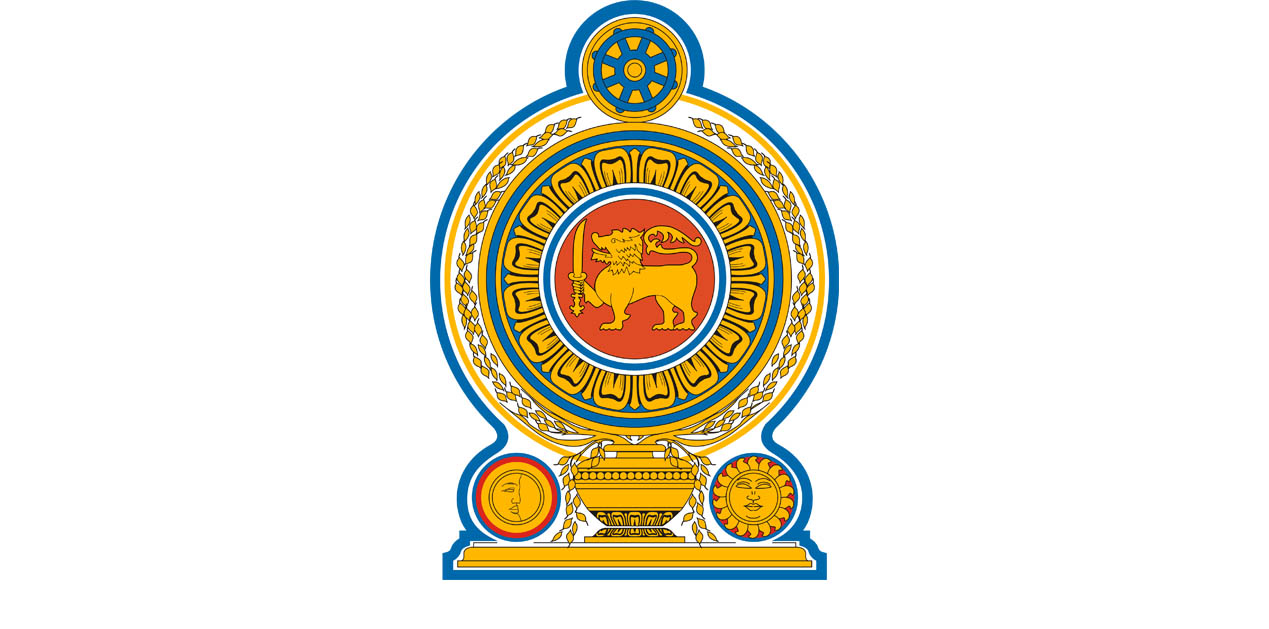



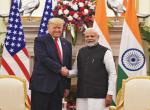
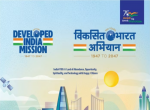
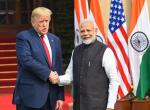
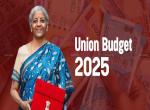
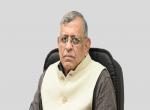
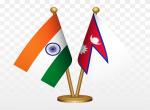
Post new comment